Queen Elizabeth II became Great Britain’s longest serving monarch in September 2015, surpassing her great-great-grandmother Queen Victoria.
However, if the laws of succession had been different during Queen Victoria’s reign, we could have been celebrating a very different monarch on the throne.
When David Cameron enacted the Succession to the Crown Act of 2013, he was ensuring that the children of the present Duke and Duchess of Cambridge, regardless of gender, would maintain their place in the royal line of succession.
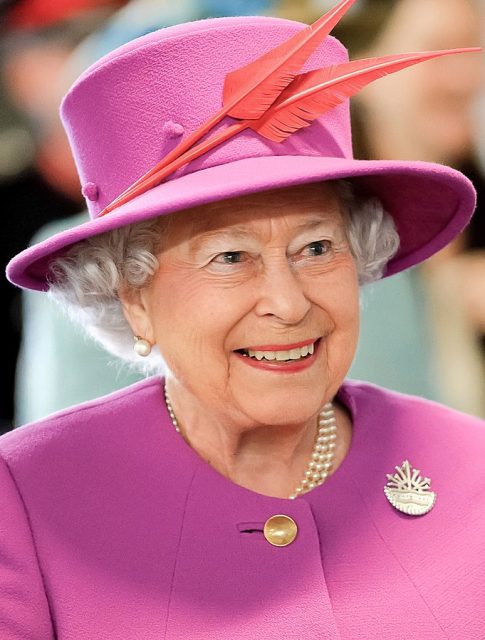
As we now know, Prince George is heir apparent, but thanks to the new law, Princess Charlotte has kept her place as fourth in line, even after the birth of her younger brother, Prince Louis.
Prior to 2013, the laws of succession followed archaic precedence set down over a millennia ago and enshrined in law in the 17th Century.
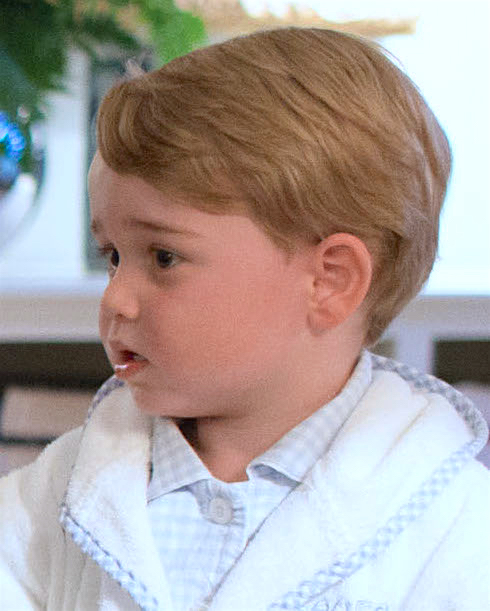
Royal succession in Great Britain is notoriously complex but has followed a general rule of male-preference primogeniture, which is a fancy way of saying that no matter how many females are born first, a male heir will always take the top spot.
Exceptions arose when no male heir could be found and, for the most part, these exceptions have presided over some of the most important landmarks in British history.
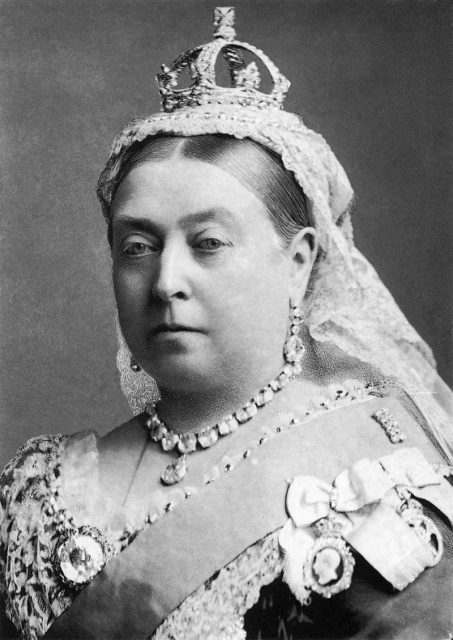
Queen Victoria, a rather notable exception, presided over the expansion of the British Empire and married her children off so strategically that she earned the nickname the “Grandmother of Europe.”
Following her death, the British crown went to Edward VII, her eldest son. In the big “what-if” machine that is the royal line of succession, if Queen Victoria had chosen to ignore the rules, their eldest child, the Princess Royal, Victoria Adelaide Mary Louisa, could have become Queen of England.
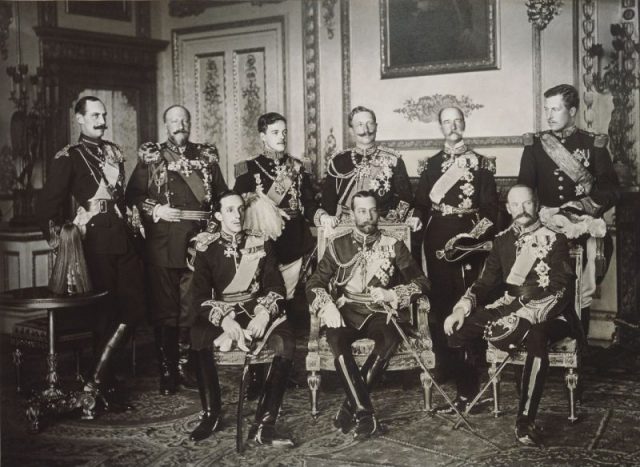
Had Princess Victoria been heir apparent to the throne, would her marriage to Frederick III of Prussia have taken place? We don’t know.
If the marriage had gone ahead, then Princess Victoria would have ruled both the British and the Prussian Empires if only for a short time, as the Guardian reports, “The new queen would have died less than seven months [after her coronation] handing the throne to Kaiser Wilhelm II. Britain would have been ruled by the German emperor during the first world war.”
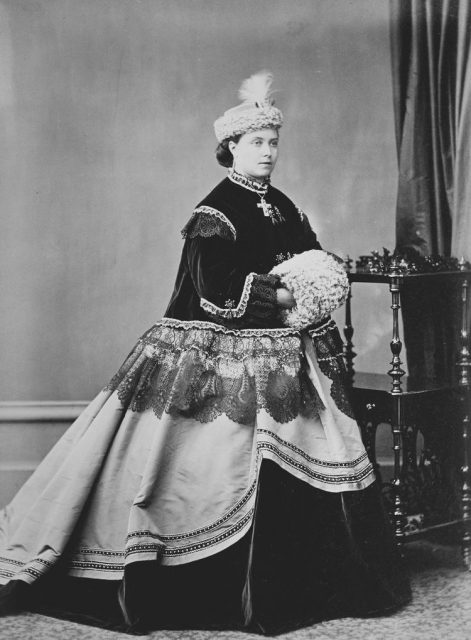
Nowadays Friederike Thyra Marion Wilhelmine Dorothea von der Osten is a homeopathic doctor who lives in Halle, Germany. Via her mother’s line, she is the great-great-great-granddaughter of Wilhelm II which makes her the great-great-great-great-great-granddaughter of Queen Victoria. If we allow our imaginations to roam, the royal lineage of Great Britain could indeed have fallen to Friederike I, as she would be known.
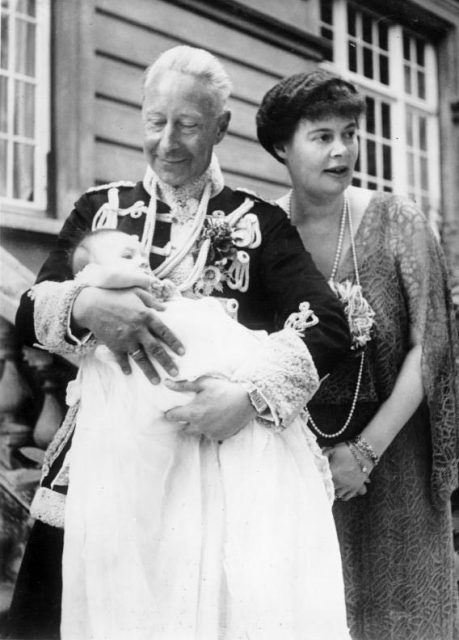
With the closing of the first world war and the abdication of Wilhelm II, the German monarchy and the Prussian Empire dissolved.
Friederike has no royal title but her family history was never kept secret from her, as Friederike reports to the Sun, “My mother and father told me all about the royal lineage and how I would have been Queen if the rules had been different. As a young girl my mother met the Queen Mother and stayed with her but, as far as I know, she had no further contact.”
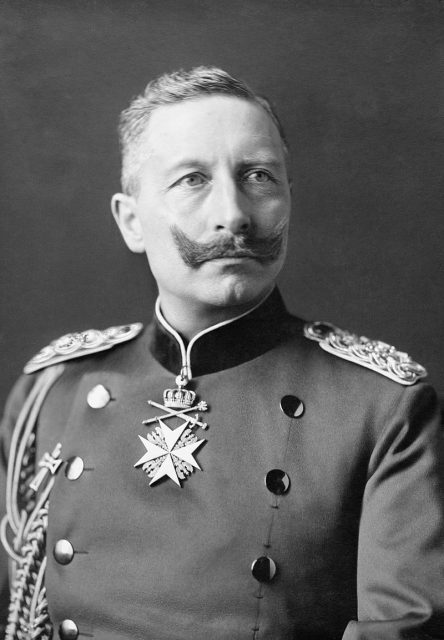
The Succession to the Crown Act 2013 does not open the door for von der Osten to make a claim for the British throne but has made some necessary updates that are in keeping with modern times.
Writing at the time for the BBC, the then-Deputy Prime Minister Nick Clegg commented, “The act puts in place succession laws that are fit for the 21st century and for a modern constitutional monarchy.”
Under the new law, Prince Charles is still next in line but, maybe just as important, the monarch is now free to marry a Roman Catholic, something that has been against the law for over 300 years.
